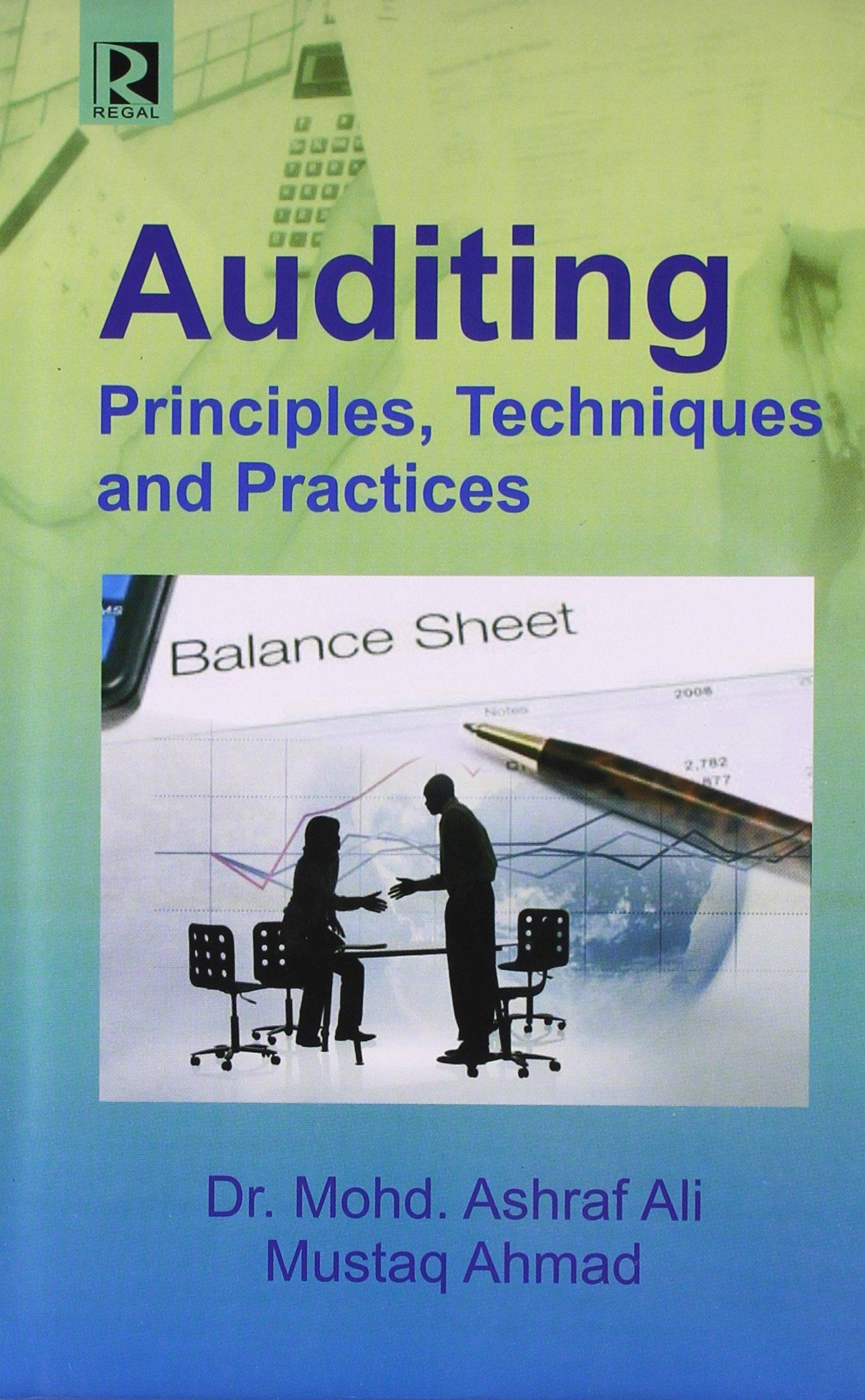Question
Naran ltd makes three products: A, B and C. The director of Naran is worried about the allocation of overheads. He is not convinced that
Naran ltd makes three products: A, B and C. The director of Naran is worried about the allocation of overheads. He is not convinced that the current allocation method that is based on machine hours allocates them accurately. However, he has recently heard about the concept of activity based costing and wants to try it. He hires Nkululeko a highly regarded MACN 301 student to help him in using ABC to allocate overheads. The following information is available:
Selling price per unit: A = R8500; B = 7 500; C= R 11 000
Total A B C
Units manufactured 900 400 280 220
Labour hours 7000 1500 2500 3000
Machine hours 7000 2500 1500 3000
Purchase orders 3000 700 800 1500
Production runs 5000 2000 2000 1000
Kilometres driven by sales reps80 000 30 000 30 000 20 000
Direct costs
Direct materials R2000 000 R 700 000 R500 000 R 800 000
Direct Labour R1000 000 R 350 000 R450 000 R 200 000
Total direct costs R3000 000 R1 050 000 R950 000 R1 000 000
Department Costs
Machine department R 800 000
Purchase department R 135 000
Selling department R 250 000
Total Costs R1 185 000
Required:
a) Using machine hours as a basis for allocating overheads; calculate the unit cost of products A, B and C. [6 marks]
b) Using activity based costing to allocate overheads; determine the unit cost of products A, B, and C. [7 marks]
c) Calculate the net income per unit under each of the two methods used in part a and part b. Show the most profitable product under each method. [6 marks]
d) Briefly the objectives and weaknesses of ABC. [7 marks]
Step by Step Solution
There are 3 Steps involved in it
Step: 1

Get Instant Access to Expert-Tailored Solutions
See step-by-step solutions with expert insights and AI powered tools for academic success
Step: 2

Step: 3

Ace Your Homework with AI
Get the answers you need in no time with our AI-driven, step-by-step assistance
Get Started


